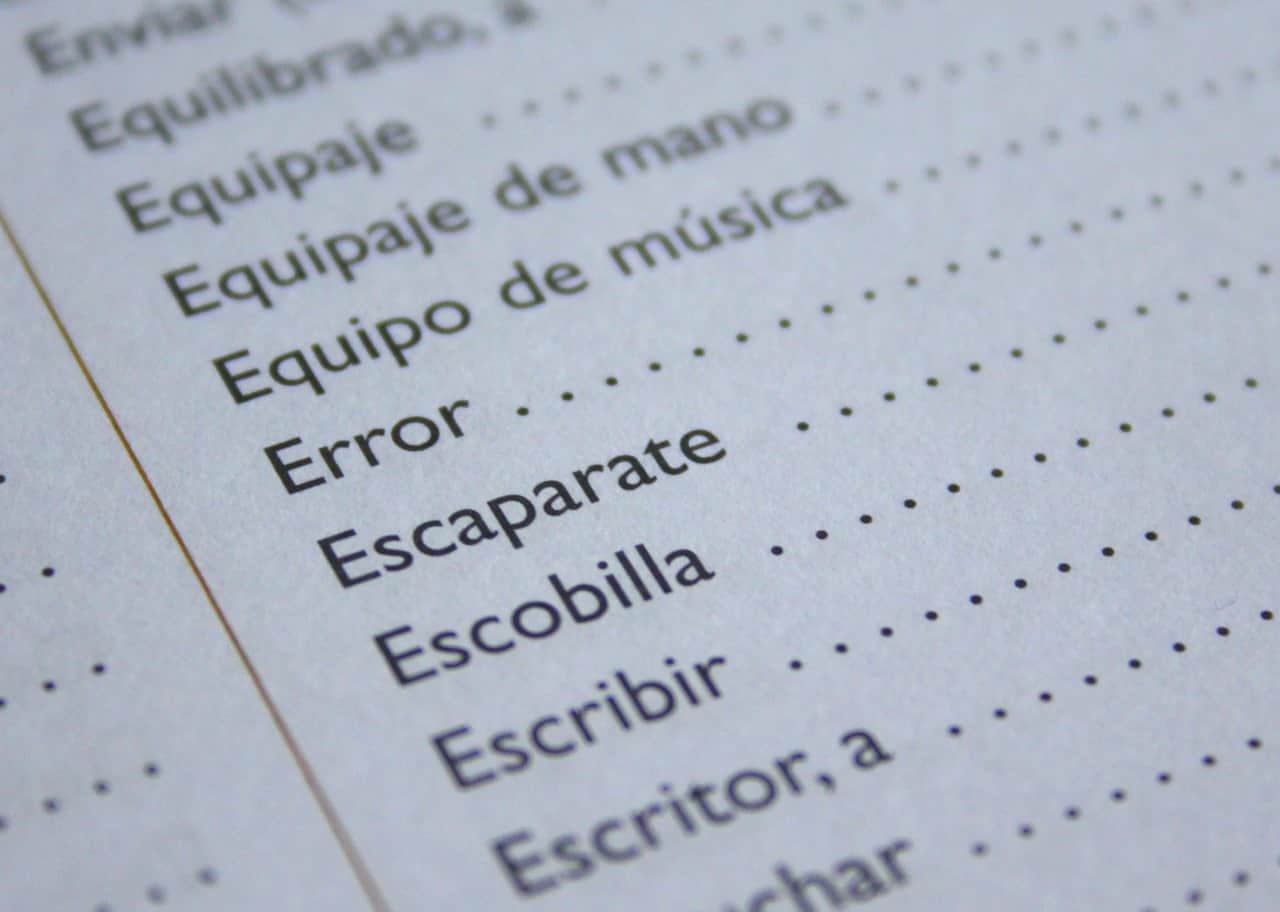Every foreign resident who lives here knows that when we call at someone’s door, we cry “¡Upe!” However, nobody seems to know why. Well, in the anthology “Costa Rica Kaleidoscope” Michael Crump explains that ¡Upe! is short for “Ave María Purísima Nuestra Señora la Virgen de Guadalupe.” Why anyone would want to call out all this is a different mystery.
For some reason, everybody loves etymologies, the study of the history of words, their origins and how their form and meaning have changed over time. I think this is because we all believe deep down that words are not just arbitrary sounds, but contain a kind of magic, that getting to their source is somehow – bibbidi-bobbidi-boo! – empowering.
First, however, some background. Though we don’t know exactly where or when they began, we do know languages generally evolve from other languages. Spanish is one of the Romance languages. This has nothing to do with having a romance or the literary movement known as romanticism. “Romance” stems from a Latin word meaning “in the Roman manner.”
The Romance languages, then, are languages derived from the spoken Latin of the Roman Empire, including French, Spanish, Italian, Portuguese, Romanian, Catalan and a number of others.
It is important to understand, however, that Spanish does not come entirely from Latin. One of the reasons the various Romance languages differ from each other is the other languages that feed into them.
Three of the principal languages other than Latin that have influenced Spanish are:
- Hebrew
- Greek
- Arabic
In addition, there are a number of other such languages with which you may not be familiar:
Aramaic
Is a Semitic language closely related to Hebrew. Originally the language of the Aramaeans (“Aram” is the Hebrew word for ancient Syria), Aramaic was used in Mesopotamia and Syria before 1000 B.C., and later became the language of the Middle East.
Before the Christian era, Aramaic had become the language of the Jews in Palestine. Jesus preached in Aramaic, and parts of the Old Testament and much of the rabbinical literature were written in that language.
Basque
Or Euskara, as the Basques call it, is the language of the people who today inhabit an area in northeastern Spain and southwestern France. Its origin is still somewhat puzzling because it is not an Indo-European language and shows no resemblance to languages in neighboring countries. As a result, a variety of hypotheses to explain its existence exist. One of the most likely hypotheses argues that the Basque language developed without any outside influences in the land of the primitive Basques.
Catalan
A Romance language and the official language of Andorra and, along with Spanish, of Catalonia, Valencia, the Balearic Islands and the Sardinian city of Alghero. It is also spoken in parts of Aragon, Murcia and Roussillon in southern France. Catalan appeared as a distinct language during the 10th and 11th centuries.
Guaraní
Is a language once spoken throughout most of the southern half of the New World by native Americans. It now occupies a seat next to Spanish as one of the official languages of Paraguay. The Guaraní language is part of a linguistic family that includes many of the indigenous languages south of the Amazon.
Indo-European
Most languages in Europe, the Middle East and India appear to descend from a common ancestral language known to scholars as Proto-Indo-European. Today, the Indo-European languages include diverse tongues like English, Russian, French, Latin and Hindi. It’s speculated that the so-called Kurgan were the original Indo-European people and lived northwest of the Caucasus and north of the Caspian Sea as early as 5000 B.C.
Nahuatl
Is an Uto-Aztecan language spoken by about 1.5 million people in Mexico. Classical Nahuatl was the language of the Aztec empire and was used in much of Mesoamerica from the seventh century until the Spanish conquest in the 16th century.
Persian
Is spoken today primarily in Iran, Afghanistan and Tajikistan, but was historically a more widely understood language in an area ranging from the Middle East to India. Other more distantly related languages of this group include Kurdish, spoken in Turkey, Iraq and Iran, and Baluchi, spoken in Afghanistan, Iran and Pakistan.
Provençal
Is a Romance language spoken in southern France, Italy’s Occitan Valleys, Monaco and Spain’s Val d’Aran – the regions sometimes known unofficially as Occitania. Nowadays, “Provençal” is mainly understood as an Occitan dialect spoken in Provence (southern France).
Sanskrit
The ancient language of India and one of the most important keys to the Indo-European language puzzle, is, along with Latin and ancient Greek, part of a trio of classical literary languages.
Its literature, the Vedas, was written in Vedic Sanskrit from about 1500 B.C. Chronologically next came classical Sanskrit (circa fourth century). It is part of the Indo-Aryan subbranch of the Indo-Iranian branch of the Indo-European language family.
Taino
The Greater Antilles, lying in the center of the Caribbean region, contain the four largest islands of the area. The islands of Kuba (Cuba), Kiskeya/Haití (Haiti/Dominican Republic), Borikén (Puerto Rico) and Xamaíka (Jamaica), as well as most of the surrounding islands, all shared a universal language with regional dialects.
The Taino language of the Greater Antilles is related to the Arawak language stemming from South America. The language of the central Arawak or Lokono (meaning “the people”) and the Garifuna language, currently of Central America, are prime examples of tongues closely related to the Taino language, which is sometimes referred to as “Island Arawak.”
Author of the article is Kate Galante in 12






